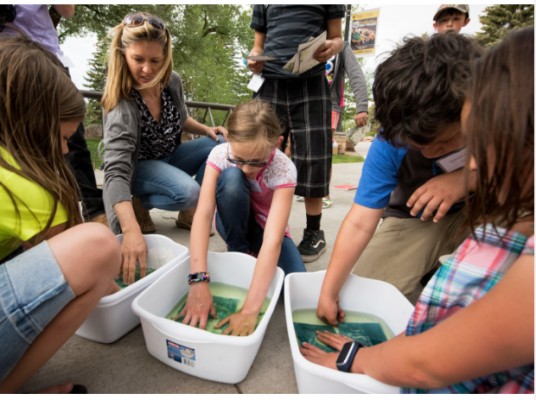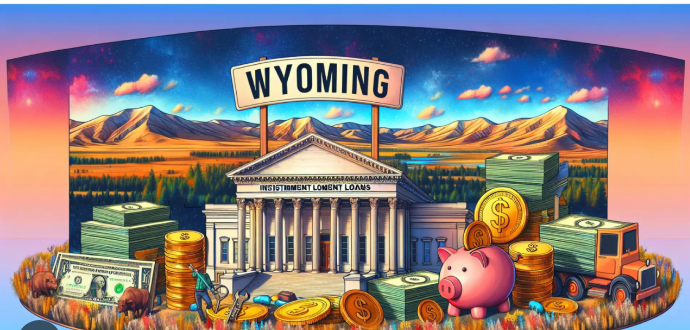In 1991, Wyoming introduced a groundbreaking legislative measure mandating that 1% of the construction costs for new state-owned buildings be allocated for art. This forward-thinking initiative aims not only to enhance the visual appeal of public spaces but also to celebrate the region’s rich artistic heritage. Wyoming’s Art in Public Buildings program underscores the state’s commitment to integrating art into its infrastructure, reflecting a broader trend seen across the nation and around the world.
The Core of Wyoming’s 1% Art Requirement
At the heart of Wyoming’s initiative is the Art in Public Buildings program, which mandates the allocation of 1% of construction costs for the inclusion of artwork in new state-owned buildings. Administered by the Wyoming Arts Council, this program fosters collaboration among community representatives, artists, architects, and state officials to ensure that each artwork aligns with the local community’s identity and enhances the architectural vision of the building.
Illustrative Examples and Impact: The Art in Public Buildings program has facilitated the installation of a diverse array of artworks throughout Wyoming. From sculptures and murals to integrated architectural elements, these artworks have transformed public spaces across the state. Notable projects include large stainless steel sculptures at Casper College and life-size bronze sculptures at the Veteran’s Home of Wyoming Skilled Nursing Facility in Buffalo. These installations serve as powerful expressions of creativity that inspire and enrich the communities they inhabit.

Legislative Framework and Oversight: Wyoming Statute 16-6-802 provides the legal framework for the inclusion of art in new public buildings, with a maximum allocation of $100,000 per project. This legislation ensures that art remains an integral component of public infrastructure projects, guaranteeing dedicated funding for artistic enhancements. Oversight of the program ensures that artworks are thoughtfully selected and integrated into the architectural design of each building, preserving the integrity of both the art and the structure.
A Blueprint for Others: Wyoming’s 1% Art Requirement is part of a broader “Percent for Art” movement that has gained traction across the United States and internationally. Originating in Philadelphia in 1959, similar initiatives have been adopted in various jurisdictions, including Finland’s government-wide policy for public buildings. These programs highlight the universal recognition of the value of art in public spaces, fostering cultural enrichment and community engagement.
Challenges and Opportunities: While Wyoming’s Art in Public Buildings program has been successful in promoting art integration, challenges remain. Funding constraints and competing budget priorities may limit the scope of artistic projects. Additionally, ensuring equitable access to art across diverse communities requires ongoing outreach and engagement efforts. However, these challenges present opportunities for innovation and collaboration, encouraging stakeholders to explore new avenues for supporting artistic expression and cultural enrichment.
Read More:
- The 2024 Republican Presidential Debate: Trump’s Absence and the Wealth Profiles of Contenders
- Bannock: A Natural Haven in Ohio for Outdoor Enthusiasts
Wyoming’s 1% Art Requirement stands as a testament to the state’s commitment to promoting creativity and cultural enrichment in public spaces. By mandating the inclusion of art in new state-owned buildings, Wyoming has created a platform for local artists to showcase their talent and for communities to connect with their cultural heritage. As other states consider similar initiatives, Wyoming serves as a model for harnessing the power of art to enhance the built environment and foster a sense of identity and pride among residents. Through continued investment and collaboration, Wyoming can further solidify its reputation as a leader in promoting the arts and creating vibrant, inclusive communities.
